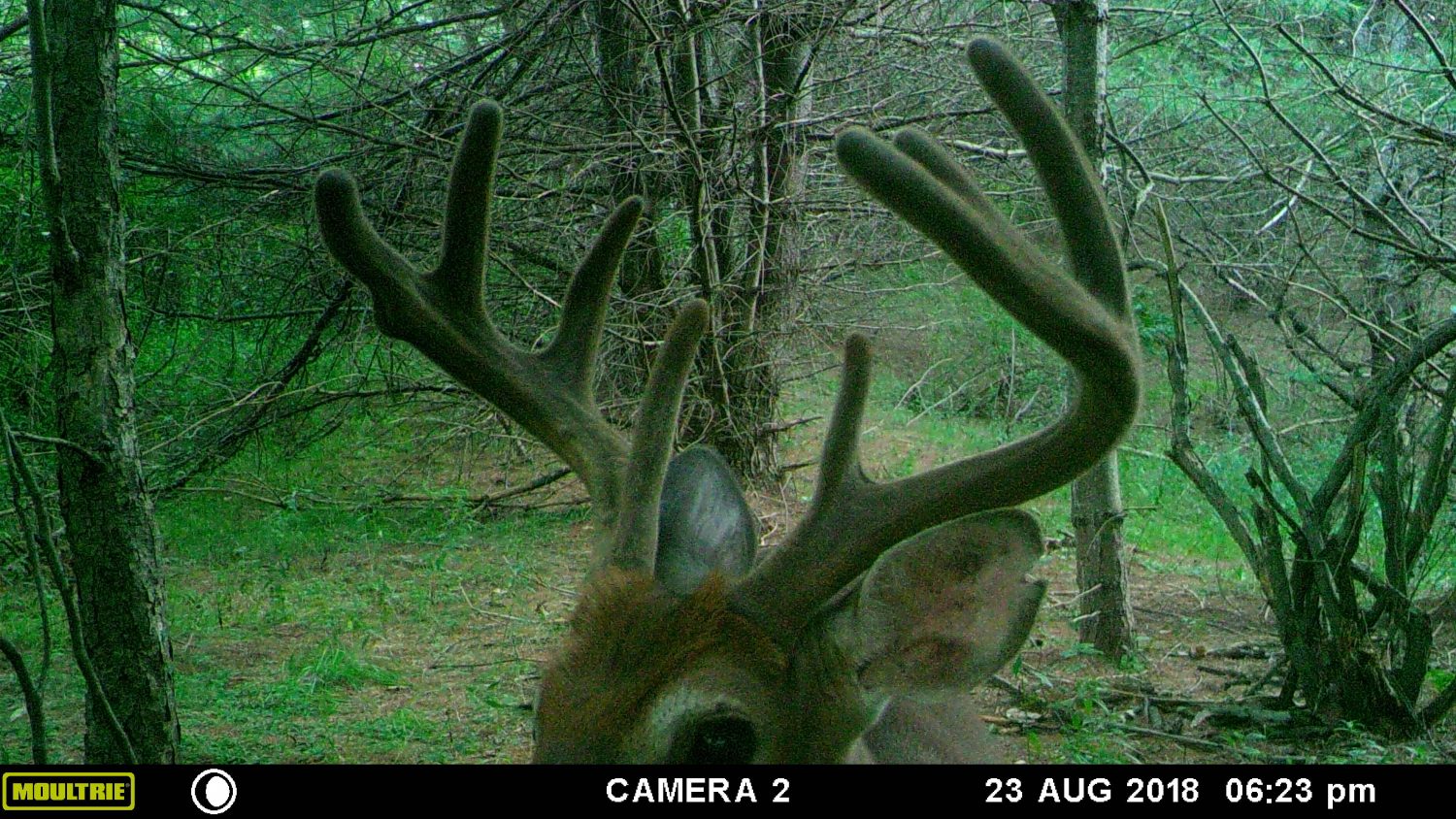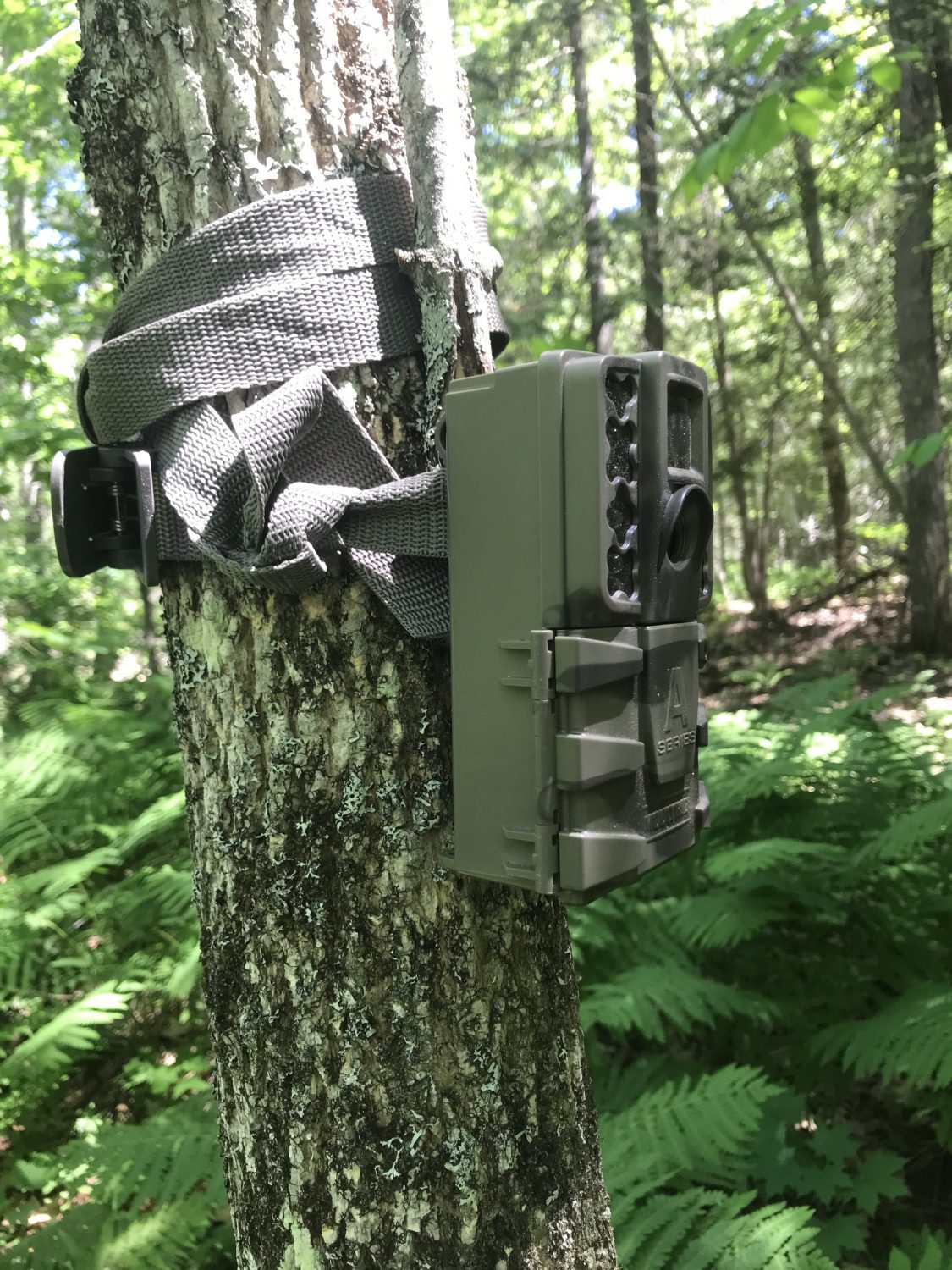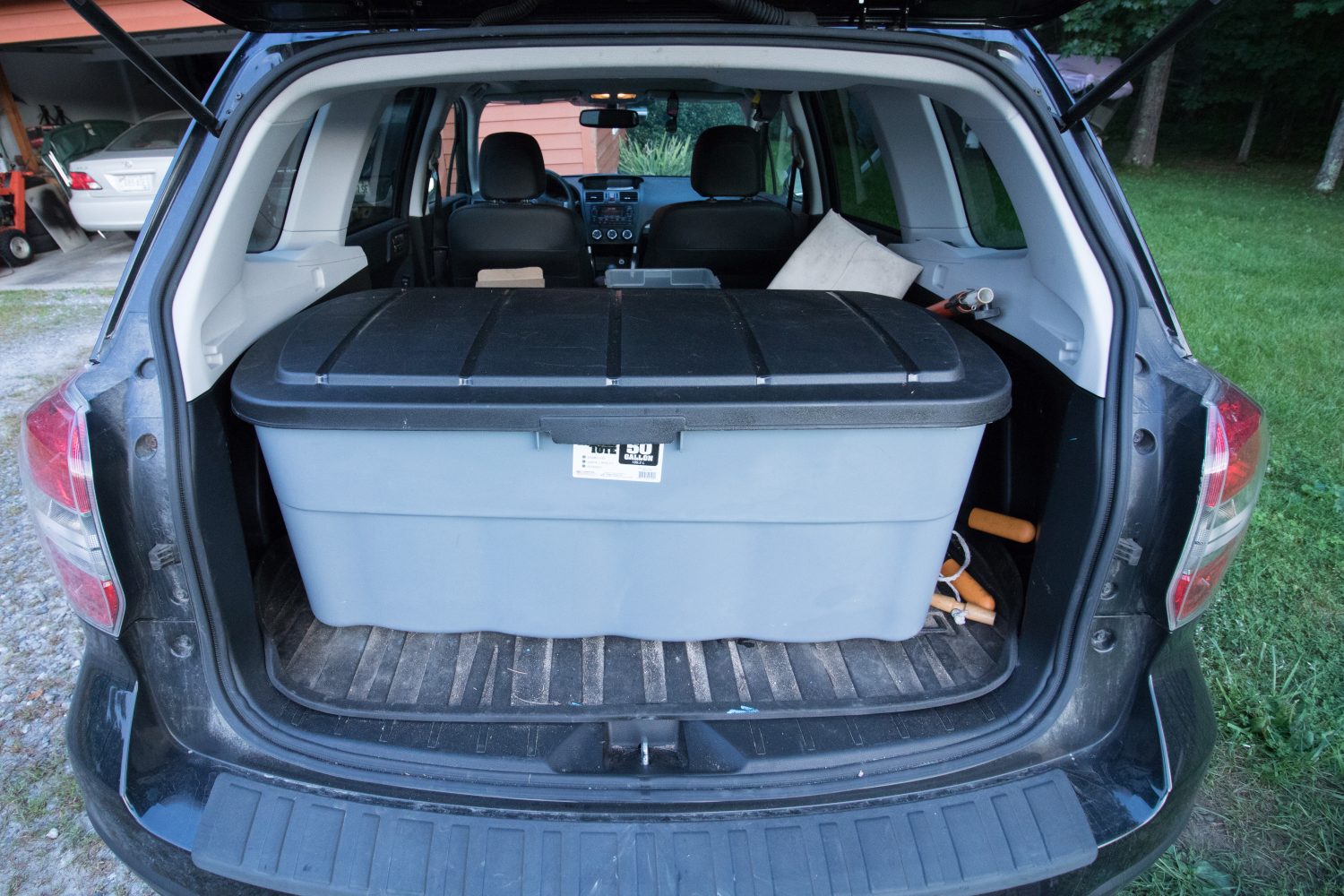Last Updated on January 28, 2025 by Jason Tome
How to scout and hunt deer in September can be difficult if you don’t understand a few key concepts about this timeframe. The transition from August into September causes a big shift in the whitetail world. Towards the beginning of September, bucks are starting to lose their velvet and testosterone levels start increasing. When this occurs bucks lose their tolerance for their buddies that they have been hanging out with all summer and start fighting each other to establish dominance. This behavior causes bucks to separate and claim their own core areas. This can make shooting big early-season bucks difficult.
From numerous trail camera photos, I have noticed that starting anywhere between the beginning of September into the beginning of October bucks often stop traveling as they had been all summer. The timeframe for this movement is different at each location. Whitetails change patterns at different times at different locations depending on the resources available to them. The very first few days of hunting season can provide an excellent opportunity to kill a mature buck if he is still using his summer routine but just be aware patterns are changing quickly.
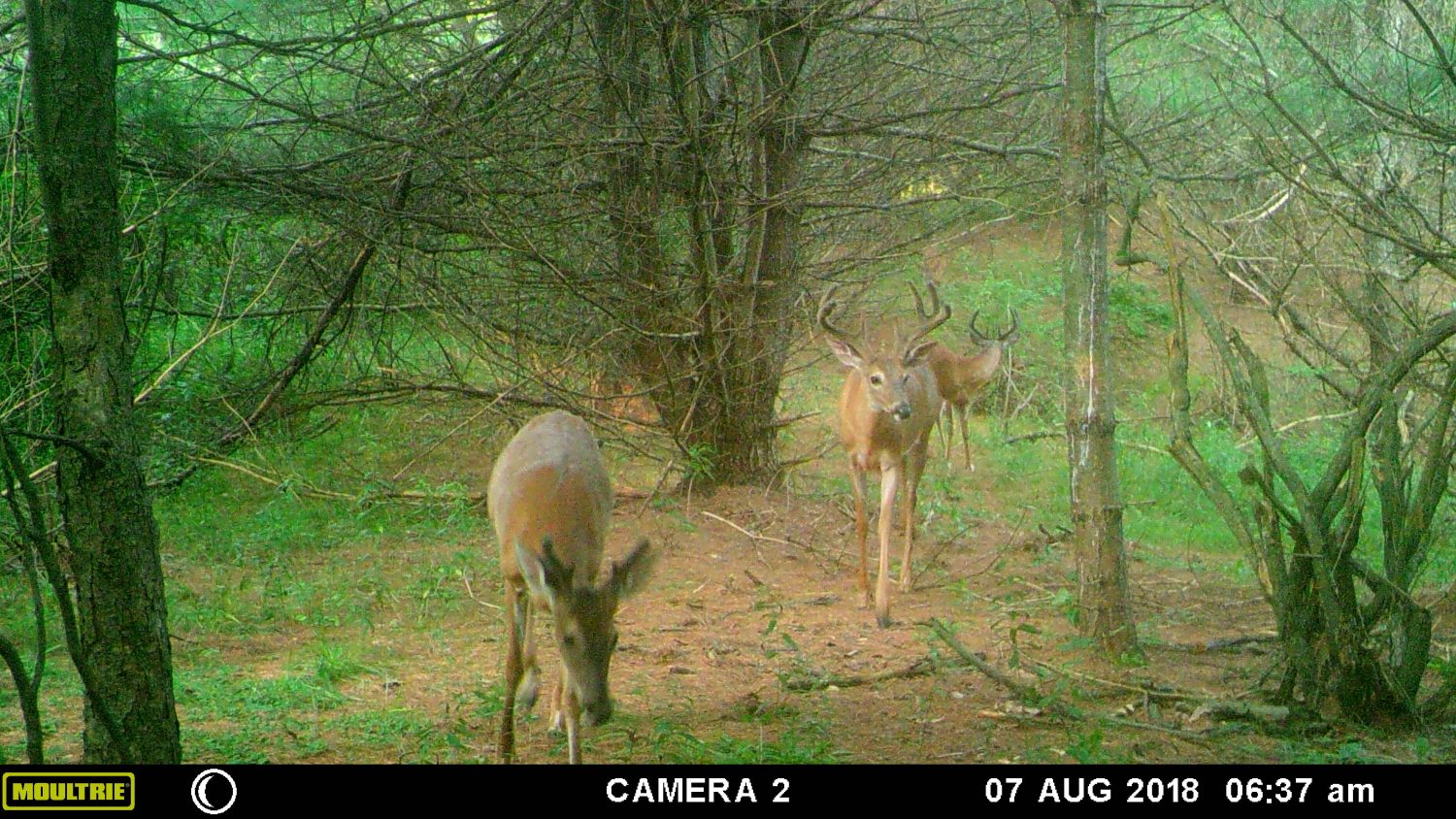
Many archery seasons start around October 1st. I’ve noticed that many hunters set up their treestands based on where they are seeing bachelor groups in early September, this can be misleading. Often only one or two bucks in a bachelor group will remain in the area, sometimes none of them will remain and will move to a more adequate fall habitat with better early fall food sources like white oaks. Bucks separating and establishing in different areas just before the season starts often leaves hunters scratching their heads, wondering where the bucks they were observing all summer wandered off to.
Behaviors change quickly at this time of year and if you are unaware of the changes that are occurring you may be wasting your time hunting the wrong locations. If you don’t have any luck hunting where you had been observing bucks in the early summer it is probably time to transition and figure out what the deer are doing in their early fall patterns.
Table of Contents
Early Season Food Sources
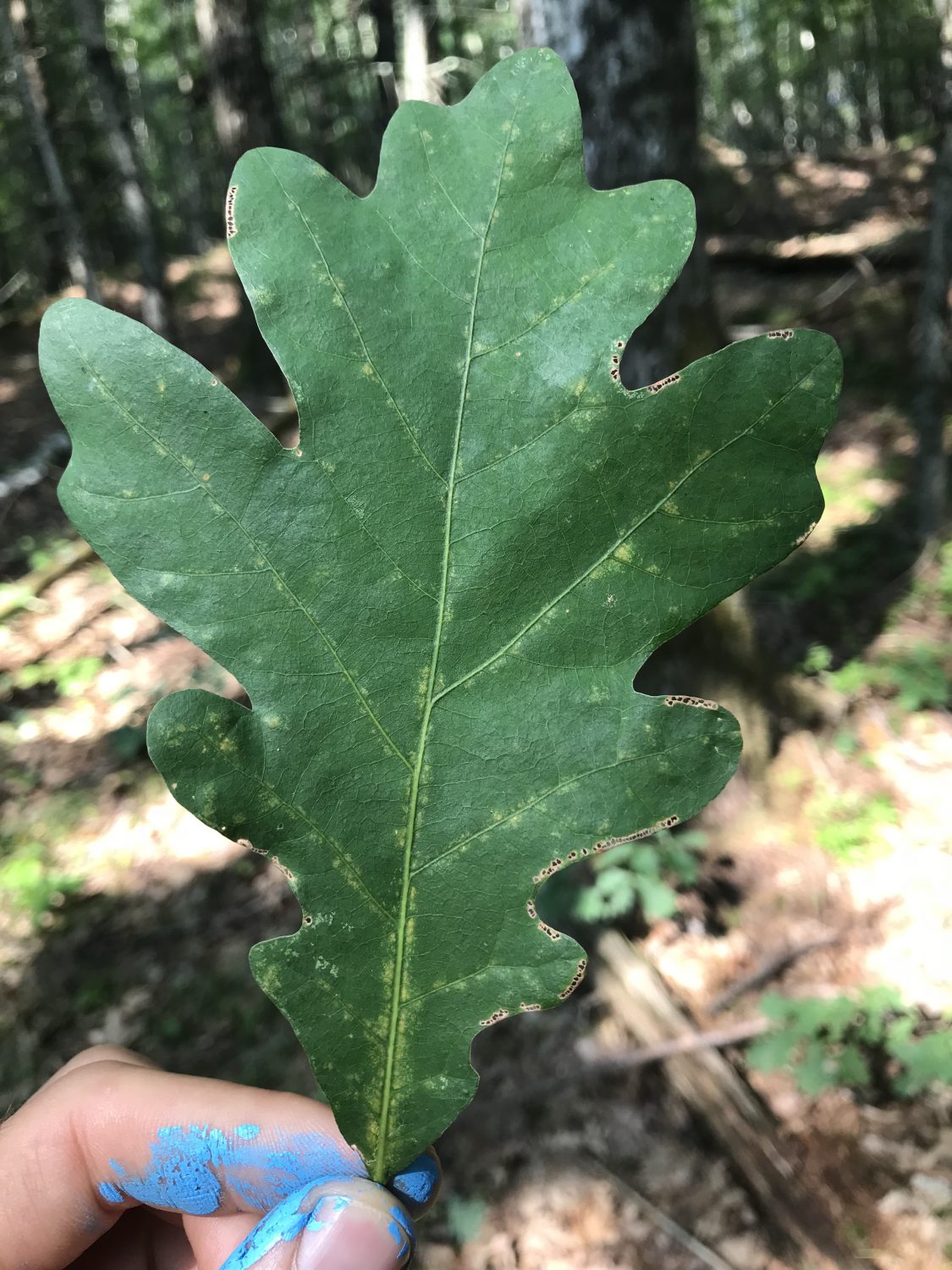
Food sources are important to keep track of during this time of year because there is going to be a shift in the type of food whitetails will be eating. When there is a shift in food sources there will be a shift in movement.
I believe white oaks are the most important food source to key in on in September because they are the first major food source to drop and likely will alter deer movement if you have them in your area. A gradient of white oaks occurs in my state of Maine. The gradient consists of higher populations of white oaks in the south which decreases as you move north. In fact, I’ve never seen a white oak in northern Maine.
Understanding this has helped me become a better hunter because I’ve learned to keep my eye out for white oaks throughout the year. If I find a stand of white oaks in an area where white oaks are rare I will keep that area in the back of my mind for future hunting opportunities. White oaks will drop their acorns before red oaks. They will drop in mid-September into early October. Whitetails key in hard on white oaks during this timeframe.
Late summer is a stressful time for whitetails because food quality has reduced, and vegetation isn’t as succulent as it was in early spring and summer. White oaks provide needed nutritional replenishment and a sought-after change in palate. If you can find a stand of white oaks in areas where generally low numbers of white oaks reside you may have stumbled upon an early season whitetail honey-hole. The shift from grasses, sedges, and rushes (forb phase) to the acorn phase during September will change how whitetails move along the landscape.
So how do you prepare for the change in food sources?
Hunting Early Season Bucks
September marks the beginning of deer hunting season for me here in Maine. The expanded archery season starts at the beginning of the second week of the month. I personally struggle with this month and am always trying to figure out how to hunt this time of year. The reason why I struggle with hunting at this time of the year is that I haven’t been able to learn from making very many mistakes hunting early season. From past experiences, I have ruined spots by hunting them too early in the season. From these experiences, I have become cautious about hunting my best bucks early. That being said you can still kill mature bucks during the early season. What I have started to figure out is how important bedding areas are during the early season. The dilemma I run into is that hunting bedding areas are higher-risk hunts than hunting food sources.
Hunting Bedding Areas

It would make sense that if whitetails are keying in on white oaks you should hunt within shooting distance of a stand of white oaks right? Perhaps, but not necessarily. Bedding areas are where bucks spend most of their time during daylight. The closer you are to their bed when they decide to move the higher odds the deer will pass your stand in daylight. Sure you could hunt the food source but that gives the big buck you’re after more choices and time to meander around before he comes into the food source, often only revealing himself under the cover of darkness. Getting close to a bedding area in the early season can be risky, the trade-off being it can be a much higher reward.
Being able to identify the shift in whitetail movement during September has been difficult for me. Food sources, specifically individual mast/ apple trees that the deer gravitate to change from year to year and can be difficult to predict. To compensate for this I’ve started focusing on high-quality bedding areas. By focusing on these bedding areas I don’t have to worry so much about the change in food sources because often bucks will continue to use the same bedding areas if they are of high quality. With this in mind, it would make sense that hunting bedding areas would be more beneficial during the early season. The drawback is that it is a much higher risk. I could hunt inside bedding areas and get right on top of the bucks I’m after in the early season and probably have some success. However, this is extremely invasive, and mature bucks will catch on fast if I’m not successful the first time or two.
I have found that leaving bedding areas alone until the time is right during the pre-rut and rut phases puts the odds much greater in my favor. Doing this also allows bucks to feel safe because I am letting all deer in the area feel like they are in a sanctuary. For example, hunting pressure from other areas will drive deer into the areas that I have left alone because deer feel safe. This false sense of security actually can greatly increase the number of bucks in a given area. Mature bucks are smart and are very sensitive to hunting pressure and will move away from the pressure they are feeling. So where do they move to? They move the sanctuary that I created. This means bucks from great distances may move into the false sanctuary I’ve given them. Then when the pre-rut rolls around I now have a pocket of bucks within my “sanctuary” and they will be up and about looking for does at this time. That’s when I go in for the kill. This game plan has worked better than any other.
Hunting Food Sources
Hunting food sources on the other hand is less invasive. If a buck catches onto you at a food source he will likely stop using that food source until after dark. However, if you know where he is bedding he will likely remain bedding in that area. You may still have a shot at this buck during the pre-rut and rut if you set up close to his bedding area during that timeframe.
On the other hand, if a buck catches onto you hunting near his bedding areas in the early season he may likely stop using that bedding area. When a buck stops using a bedding area and relocates he becomes much harder to kill in my opinion. He may have relocated a mile away or more dwindling your chances at seeing him again.
So you might be asking…so do I hunt bedding or feeding areas? The best way to answer this is that there are no one-size-fits-all all scenario when whitetail hunting. You’ll have to consider what makes sense in your situation. The best I can do I share with you my personal experiences and let you decide. If a buck is showing up almost every day at one food source right before the hunting season in daylight it would probably make sense to hunt the food source. If I was constantly getting trail camera pictures of a big buck in daylight just on the outside of a bedding area, I would try one or two hunts up against that bedding area. If unsuccessful I would let that buck “cool down” to my disturbance and wait until the pre-rut before I hunt that buck again.
Trail Cameras
Starting around the beginning of September I will move some trail cameras to areas that I have previously determined to be fall whitetail habitat. I have determined this by using trail cameras in the past and visual observations. An area that gets very little movement during the summer months, but as food sources change and bucks separate I tend to get many more pictures in these areas. Doing this has helped me find early-season bucks to hunt. By catching bucks switching from summer routines into fall patterns I am more effectively able to capitalize on changing patterns.
Trail camera pictures of big bucks from previous years also provide valuable intel. Whitetails are very habitual creates and tend to do have the same patterns year after year at specific times of year. For example, if you had a big buck show up on cameras on October 15th last year for a few days there is a fair chance that this buck will be back very close to this date the following year. From setting up cameras in the same areas year after year I have seen this pattern. Sometimes right up to the hour! Using old trail camera photos to predict when a big buck may show up in a particular area is a surprisingly accurate way to determine when to hunt particular stands.
Unless past or current trail camera pictures are giving me a reason to hunt early season I will generally stay away from hunting my best rut sign spots until the pre-rut and rut. Usually, a couple of trail cameras every year provide reasonable enough intel to permit a few worthwhile sits in the early season but I am careful not to overdo it.
Season Prep
By the beginning of September and hopefully sooner I like to have my broadheads sighted in, my form down to a science, and my confidence high going into the season.
I also wash clothes in scent killer and let them dry outside, then store in a plastic tote. This tote remains in my car during hunting season. I make sure to wash EVERYTHING I hunt with. I am an absolute minimalist when it comes to gear. More gear being brought into the woods increases the likelihood of contamination with an unnatural smell to whitetails. I never bring a wallet with me as the leather scent is very strong. I highly recommend leaving your wallet in your car. I usually don’t bring binoculars or a backpack either. My usual gear consists of Lonewolf climbing sticks, New Tribe Aero Hunter tree saddle, bow, arrows, rubber boots, release, Scent Lok suit, headlamp, tree steps for my platform, string to pull my bow up, and a bow hanger. All of which get treated with scent killer in one way or another. Everything I can fit goes into my Scent Lok suit pockets when not in use.
Questions & Community
If you have more questions about GumLeaf boots or questions in general you can ask them on Facebook. You may also find answers to your questions on my YouTube Channel.


